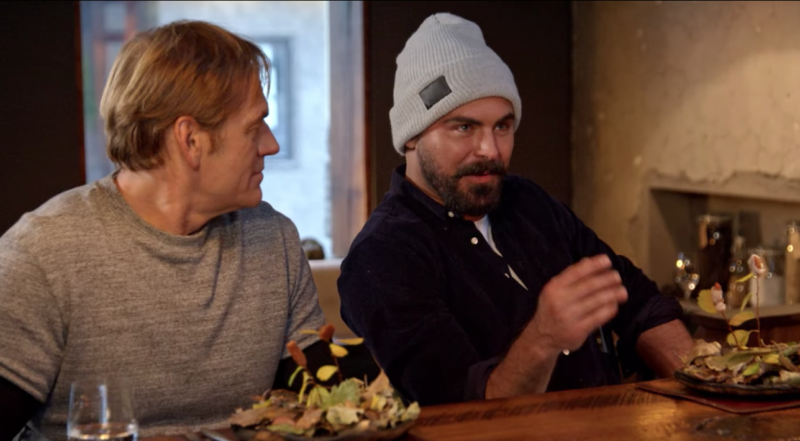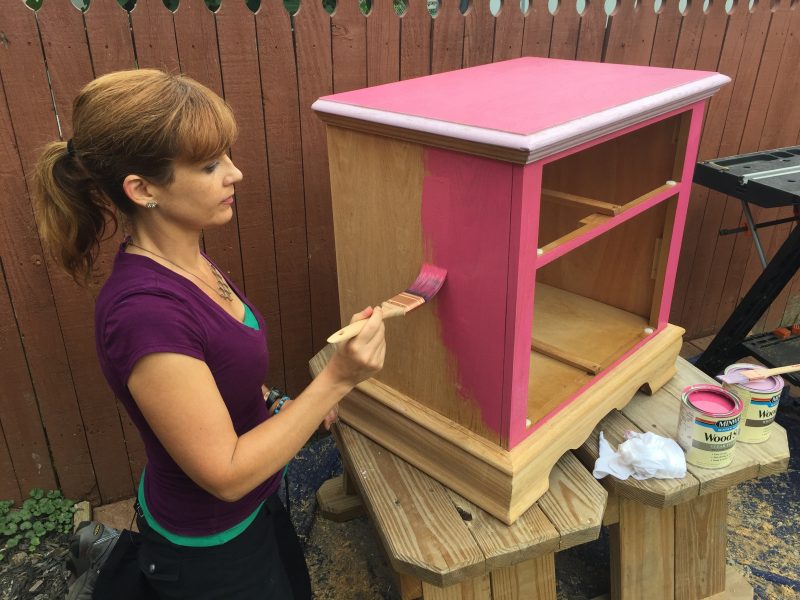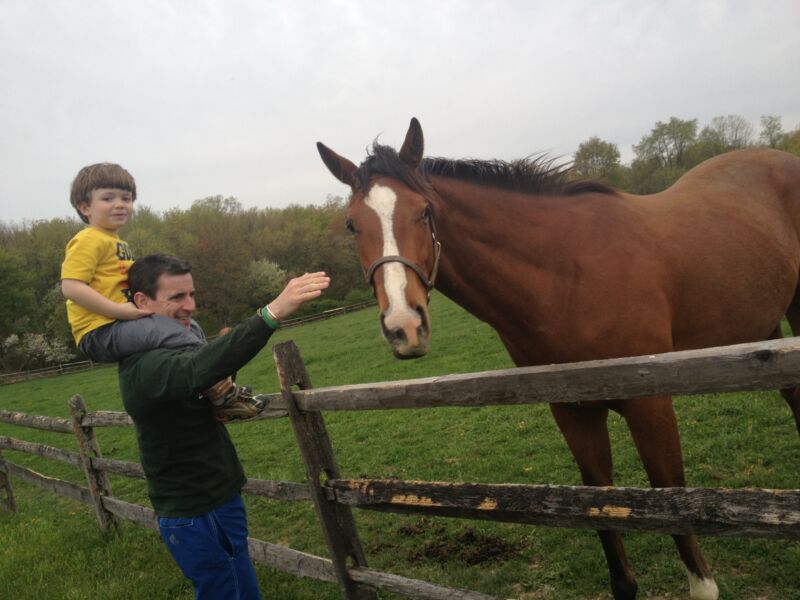Inspiration for creating sustainable living can be found anywhere. Maybe it’s a good thing to look to traditional building and cooking methods. Maybe not?

That moment reminded me of these other animal-product home helpers.
Cooking with poo
Like many of us who are social distancing, I’ve been Netflixing more than usual. This past weekend we watched ‘Down to Earth with Zac Efron.’ Zac and his co-host Darin Olien went to Dill restaurant in Iceland, where the chef uses a traditional way of burning dried sheep dung to cook some of the food at his restaurant.
The dung-smoking made Zac pause. He took a moment to contemplate eating the bacon-wrapped lamb. I’m not surprised by his reaction. For those of us like Zac, who aren’t aware of this cooking practice, it may seem unsettling at first. But it isn’t a new way to cook.
Dung-smoking is an Icelandic tradition that goes back about a thousand years, because of Iceland’s lack of trees. Poo was easy to collect, too. When animals were let out to pasture in the spring, the barn floor full of hay-mixed-with-poo was dried in the sun. And then it was burned to smoke meat and fish for the coming winter.
Not only is it both a sustainable and a traditional method to cook with dung, but there are also so many other ways that animal blood, hair, and poo have been used in homes. Zac has inspired me to share a few of my other favorite ways.
Blood-dyed homes
It sounds like a charming color, Suffolk Pink. And the pretty pink houses in England’s Suffolk County nestled among the clay, timber, and flint buildings are delightful to see.
But the reason why they are pink isn’t quite as charming to my vegetarian sensibilities. Since the natural building materials in the region were limited, in order to thicken the lime wash applied to protect their homes, they would mix in pig or ox blood. If they were planning to eat the animal anyway and use the wool or skin for clothes, this is a sustainable way to create a pigment. Not exactly what I’d want to see tinting my paint when I go to a paint counter for a gallon.
Historians claim that some used a vegan option, like elderberries, to create the pink hue. The Suffolk Pink has become an icon of the region. And now an an apple grown there has that name, too. Now that makes my vegetarian face smile.



Hairy walls
While animal hair and feathers had been used to make cushions and upholster furniture for centuries, hair had also been commonly used to make the walls of our homes until about a century ago.
No, the hair wasn’t a crazy wall covering like those classic ‘Trading Spaces’ episodes with hay- or flower-covered walls. Hair was used in the plaster mix. Lime, aggregate, water, and animal hair were mixed and applied to the wood lath. The hair would help act as a binding agent to help control plaster shrinkage. The hair made the material more flexible than today’s gypsum-based wall materials. And longer hair, like hair from a horse’s tail was preferred.
Plaster fell out of favor when the rate of new house construction grew, and there was a shrinking number of professionals with plaster skills. Drywall takes a lot less time, less patience, and fewer skills.



Sustainable living has been achievable for centuries. Maybe blood, poo, and hair aren’t the most appealing ways to attain a sustainable lifestyle, but there is a lot to learn from how our ancestors figured out how to make homes from what was available locally. I may be feel uneasy about it, but I’m definitely inspired.
